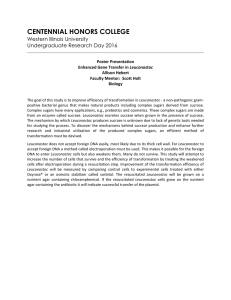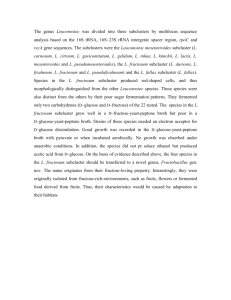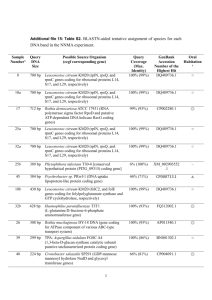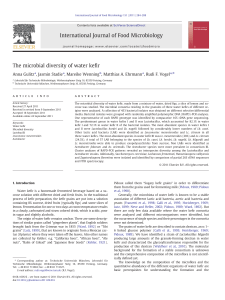Centennial Honors College Western Illinois University Undergraduate Research Day 2012
advertisement
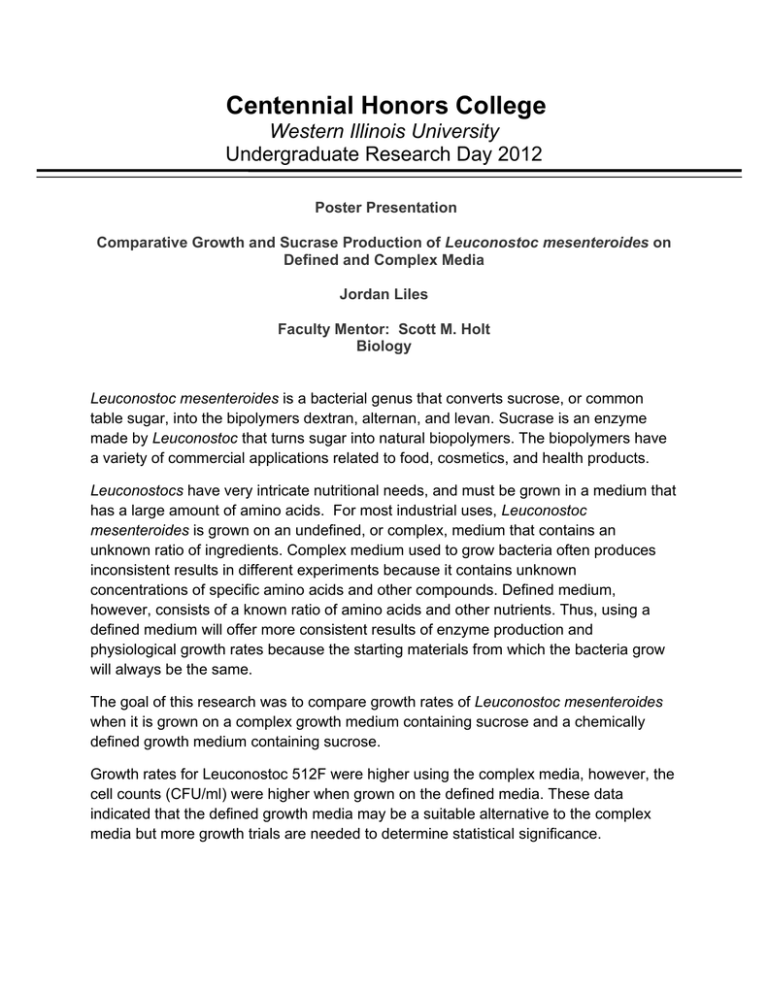
Centennial Honors College Western Illinois University Undergraduate Research Day 2012 Poster Presentation Comparative Growth and Sucrase Production of Leuconostoc mesenteroides on Defined and Complex Media Jordan Liles Faculty Mentor: Scott M. Holt Biology Leuconostoc mesenteroides is a bacterial genus that converts sucrose, or common table sugar, into the bipolymers dextran, alternan, and levan. Sucrase is an enzyme made by Leuconostoc that turns sugar into natural biopolymers. The biopolymers have a variety of commercial applications related to food, cosmetics, and health products. Leuconostocs have very intricate nutritional needs, and must be grown in a medium that has a large amount of amino acids. For most industrial uses, Leuconostoc mesenteroides is grown on an undefined, or complex, medium that contains an unknown ratio of ingredients. Complex medium used to grow bacteria often produces inconsistent results in different experiments because it contains unknown concentrations of specific amino acids and other compounds. Defined medium, however, consists of a known ratio of amino acids and other nutrients. Thus, using a defined medium will offer more consistent results of enzyme production and physiological growth rates because the starting materials from which the bacteria grow will always be the same. The goal of this research was to compare growth rates of Leuconostoc mesenteroides when it is grown on a complex growth medium containing sucrose and a chemically defined growth medium containing sucrose. Growth rates for Leuconostoc 512F were higher using the complex media, however, the cell counts (CFU/ml) were higher when grown on the defined media. These data indicated that the defined growth media may be a suitable alternative to the complex media but more growth trials are needed to determine statistical significance.
